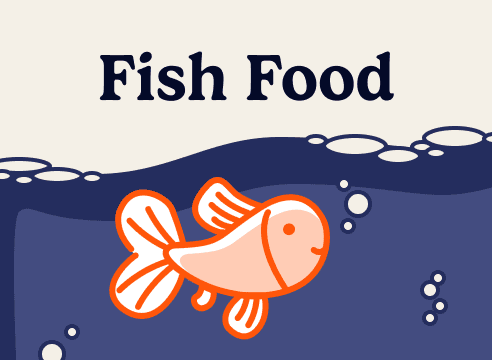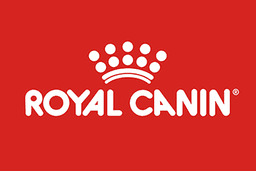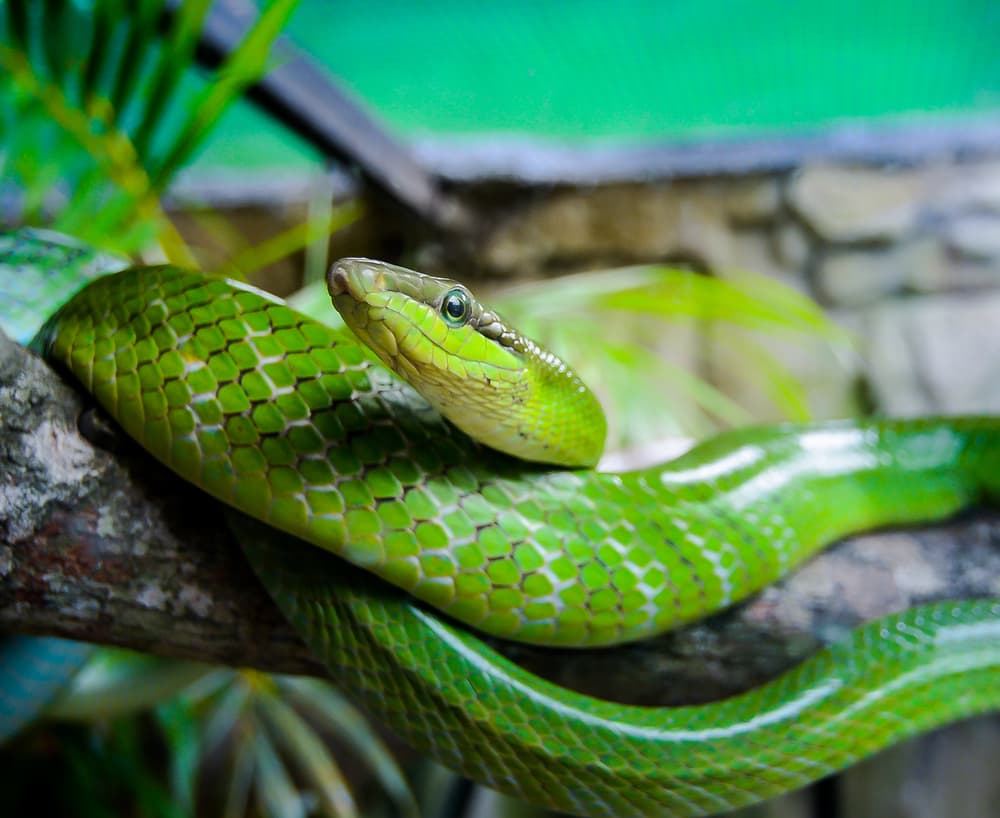Many of us are intrigued by reptiles, but few know how to take care of a pet snake. Well, it’s easier than you might think. And, yes, they are endlessly fascinating!
Read our guide to pet snake care to keep your new friend happy and yourself safe.
What kind of snake should I choose?
In Australia, you can only own a native snake. The following Australian pet snake species, all from northern parts of Australia, are commonly found for sale.
-
Spotted python: Has a generally placid temperament and can grow to around 120 cm long. They are mottled with light and dark brown colouring.
-
Children's python: Also has an even nature. They usually stay within a metre in length. In sunlight, they may have a multi-coloured sheen.
-
Stimson's python: Grows to less than a metre. With bright red blotches, they are regarded as the most striking of the pet snakes.
Other good ‘starter snakes’ include the South-west Carpet python (Ramsay’s python) and the Woma python (or Sand python).
How much do pet snakes cost in Australia?
The cost of a snake will be dependant on a few factors such as the breed, current availability and age. The cost for a snake can start from $150-$200 and climb to over $1000.
You will also need to take into consideration the upfront costs such as their housing and the ongoing costs such as food, reptile licence fees and any vet visits.
Do you need a reptile licence for a snake in Australia?
Yes. Wherever you live in Australia, you will need a reptile licence to keep a snake. This is important for authorities to monitor and regulate the welfare of captive reptiles, and prevent illegal trading.
Laws differ between states and territories. However, you should always obtain the licence before acquiring the snake.
Check the specific requirements for snake-keeping here:
Are pet snakes aggressive?
All snakes bite. Snake owners should be prepared for at least one bite over their pet’s lifetime! However, most captive pythons are generally docile and tolerate handling well.
Read up on snake habits to understand your pet more deeply. As the Australian Reptile Park notes, some snakes are more food oriented than others and will grab any moving object. Most tolerate their keepers well but can be territorial if feeling threatened.
Pythons are not venomous, though it can take time and patience to dislodge a biting python!
How should you house your snake?
The size of tank you choose depends on the size of your snake. A one-metre terrarium is suitable for a children’s python and snakes of equivalent length.
Newspaper can be used to line the floor, as it is cheap and easy to replace. Alternative substrates like leaves, bark mulch, sand or rolled corrugated cardboard are likely to become soiled and damp. The snake’s environment should be kept as dry as possible.
Enrichment can be added in the form of rocks, logs and branches, to mimic the snake’s natural habitat. This gives the snake somewhere to shelter when it feels defensive.
Provide heating at one end of the cage, leaving a cool end at the other. This allows the snake to regulate its body temperature. A perch at the hot end also lets the snake warm itself if required. Make sure the heat source is protected to prevent burns.
Your terrarium should be thoroughly disinfected at least once a week. You can do this by diluting household bleach with water at a ratio of around one to ten. Always wash and rinse your hands well after handling your snake.
What do pet snakes eat?
Snakes need a meat-based diet. As carnivores in captivity, they are best maintained on a diet of frozen mice and birds. Prey should always be served dead, as live rodents can attack and injure your snake. You can jiggle the prey at the end of long-handled tongs to simulate a live creature.
Snakes have a similar problem to humans – they tend to get fat! That’s why your pet snake thrives on a weekly feed. With a slow metabolism, they don’t need a lot to get full. You will notice a small bulge in the mid-region of the snake after feeding.
Keep a shallow dish full of clean water in the tank for drinking, and make sure to change it regularly.
How do you handle your snake?
All snakes need careful handling. Pick up by sliding your hand under the snake’s mid-section in a calm, measured way.
You can also try approaching your snake using a snake hook. This will test your snake’s mood and, if it tries to bite, you are protected.
Here are some tips:
- House your snake in a quiet part of the house.
- Avoid exposure to loud noises or excessive movement.
- Don’t over-handle your snake, as this causes stress.
- Never handle within three days of a meal as it may regurgitate.
How to find a lost pet snake in your house
If your snake is an escape artist, don’t panic! Most snakes are found quickly after escaping their cages. Close all doors and windows, secure your dog or cat and conduct a thorough, room-by-room search. If all else fails, consult an expert!
What does snake shedding mean?
Your pet snake will shed its skin several times a year. It will look different immediately afterwards - dull and opaque.
Give your snake space when shedding. Avoid picking it up at this time. The new skin is fragile and easily damaged. Place rocks or rough pieces of bark in the terrarium so your snake can rub against it to assist the shedding process.
If the skin does not shed completely, you can soak the snake in warm water for around ten minutes and gently try to pull the skin clear. Never force it, and always seek veterinary advice if you have problems.
How do I know if my snake is healthy?
As with any kind of pet, snakes do sometimes get sick. Consult a vet if your snake has any of the following symptoms:
- Jerky movements
- Lethargy
- Appetite loss
- Discoloured patches
- Blisters, burns or abscesses
- Swollen eyes or jaw
Some vets specialise in handling reptiles, so do some homework to find the best vet in your local area.




























